A Guide to Claim Mileage Allowance & Rates
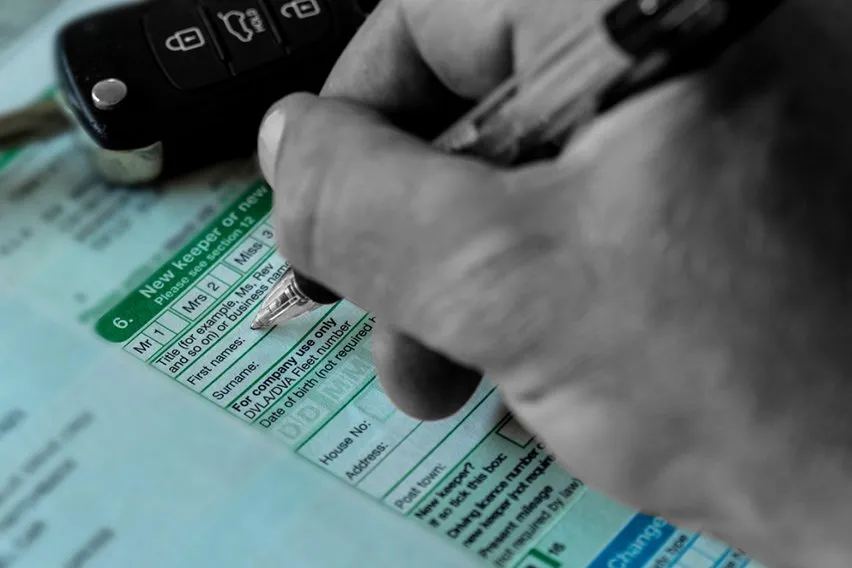
If you’re running a small business that requires the use of a personal vehicle, claiming mileage is important. It doesn’t matter if you’re an employer or an employee, understanding how to claim mileage and the standard mileage rate will be useful. Some parts of the process can be a bit confusing. Don’t worry though, we’re here to help. Keep reading to learn more about claiming mileage and travel expenses for business travel!
Here’s What We’ll Cover:
What Trips Can Employees Claim Mileage On?
The Current HMRC Mileage Allowance
Can Employers Pay Mileage Differently?
How Should I Track My Mileage?
What Is a Mileage Allowance?
If you’re planning on using your vehicle for business purposes, it’s important that you know what a mileage allowance is. A mileage allowance covers the costs of owning a business vehicle. These costs can be categorized as follows:
- Petrol costs
- Automobile insurance
- Road tax
- General wear and tear
These costs are all covered when you use your personal vehicle for business purposes. The allowance is the maximum automobile cost that an individual or business can claim per mile. These are also known as approved mileage allowance payments, or AMAP. They work by helping to reduce your taxable pay. As long as the AMAP isn’t exceeded, it cannot be taxed.

What Trips Can Employees Claim Mileage On?
One thing that needs to be made clear is the kind of the kind of travel that mileage can be claimed on. There are a list of trips that mileage can be claimed on, and a list of trips that cannot be claimed.
Business Mileage Travel Eligible to be Claimed
If you’re using your automobile for business purposes, these are the types of trips that can be claimed:
- Travelling from one office to another for business purposes
- Travelling to a temporary office to conduct necessary business (meeting clients or taking part in events)
So long as this form of travel is done for official business, it can be claimed.
Business Travel Mileage Ineligible to be Claimed
The following types of travel are not eligible to be claimed:
- Commuting to and from your normal working location
- Travelling to locations that are deemed to be very close by
- Any trips taken for personal reasons, even if the business is included (moving purposes, vacations, etc.)
The Current HMRC Mileage Allowance
The current HM Revenue and Customs (HMRC) tax authority set standard mileage rates, determining HMRC travel expenses for different types of vehicles. Each rate is dependent upon the type of vehicle being used for business purposes. The types of vehicles and rates are listed below.
- Cars and Vans – The first 10,000 miles are 45p per mile, and anything above 10,000 is 25p per mile.
- Motorcycles – All miles travelled by motorcycle are paid 24p per mile.
- Bicycles – All miles travelled by bicycle are paid 20p per mile.
Calculating is fairly easy! All you need to know is how many miles have been travelled in the vehicle for official business. For cars and vans, it’s important to remember that the rate per mile changes after 10,000 miles. For example, if you travelled 11,000 miles, the first 10,000 would be paid at 45p per mile. The remaining 1,000 would be paid at 24p per mile.
If you are carpooling, you can claim an additional 5p per passenger per mile. Car-sharing with your coworkers or colleagues could very easily add up over a year.
Can Employers Pay Mileage Differently?
Yes, they can! In fact, if an employer pays 30p per mile for travel done by car, then the employee can claim the remaining 15p per mile in tax relief. That way, the employee can get the most relief for the mileage that they’re putting on their personal vehicles.

How Should I Track My Mileage?
Tracking mileage is very easy, and can be done manually or digitally, depending on your preference.
Paper Logs
There are many paper logs available that can help you track your miles. They have spots for you to fill in your starting point, your destination, and the miles travelled. Paper logs are the traditional way of tracking mileage.
Mileage Tracking Apps
If you want to use a more technologically savvy way of tracking mileage, consider a mileage tracker app. Many of them have automated features, and provide all of the reporting functions you need to report mileage. They’re the easiest way to track mileage today.
Key Takeaways
Claiming mileage is the best way to see tax relief if you use a personal vehicle for business. The HMRC sets mileage rates every year and allows people to claim mileage to reduce their taxes. If you’re using your personal vehicle for your business, be sure to claim your mileage!
Did you enjoy this article? There are more just like it tailored to small businesses on our resource hub! Take a gander!
RELATED ARTICLES

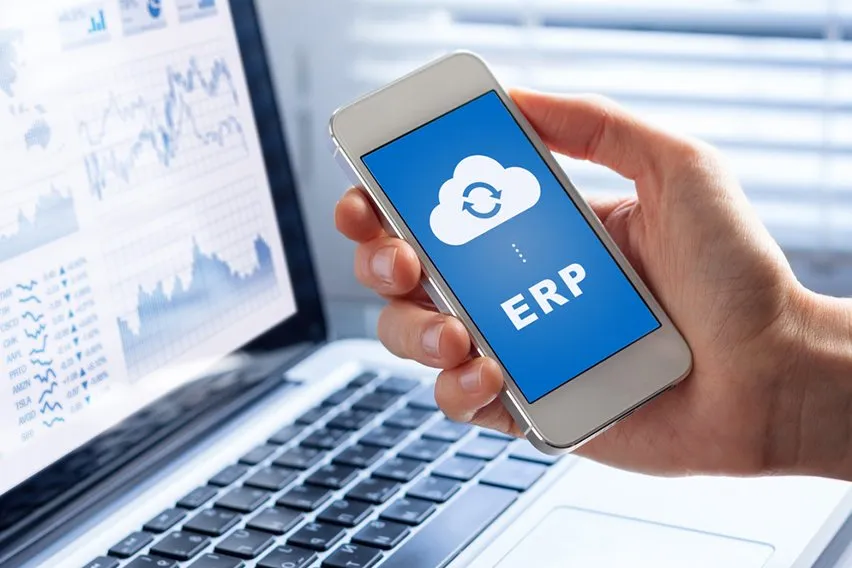 What Is ERP? 5 Best ERP Software Choices for Your Business
What Is ERP? 5 Best ERP Software Choices for Your Business What Is Asset Management? Definition & Importance
What Is Asset Management? Definition & Importance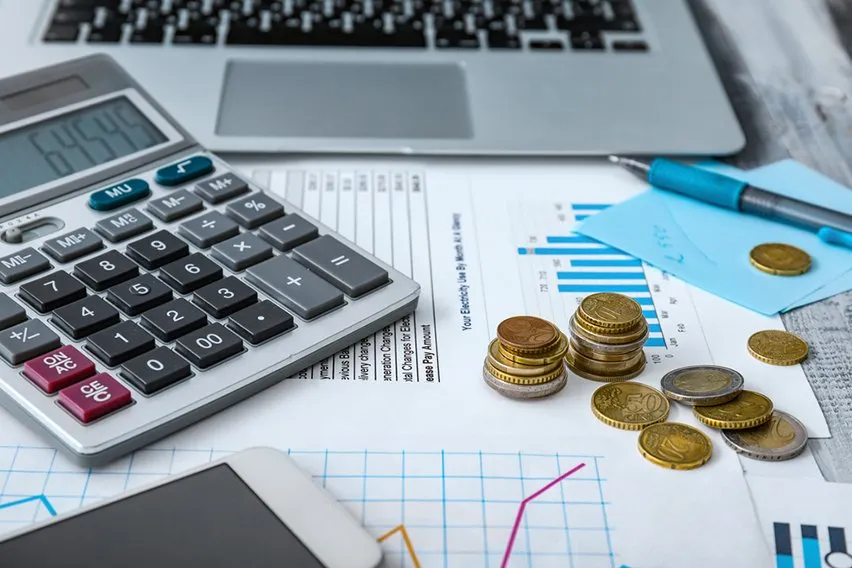 What Is the Emergency Tax Code? A Tax Code Guide
What Is the Emergency Tax Code? A Tax Code Guide 3 Best IR35 Calculator to Calculate IR35 Cost
3 Best IR35 Calculator to Calculate IR35 Cost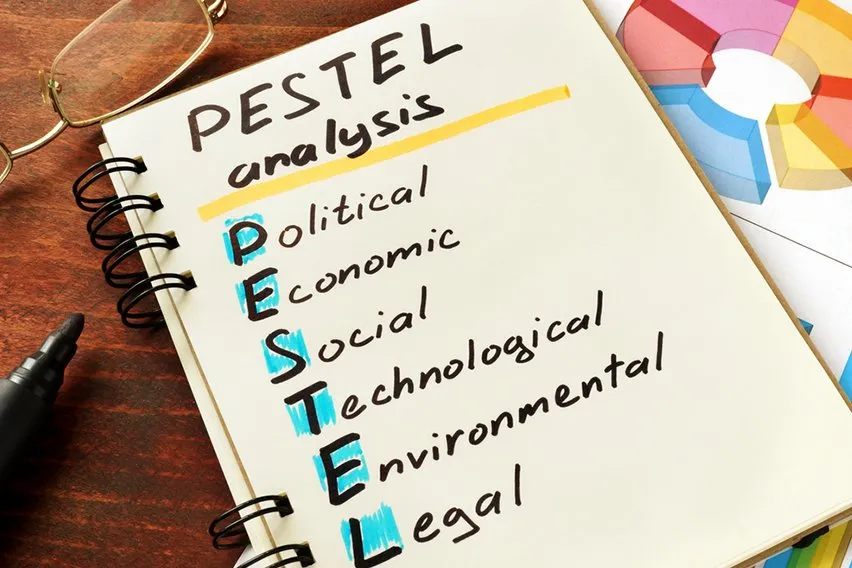 What Is PESTEL Analysis? Explanation of the Framework
What Is PESTEL Analysis? Explanation of the Framework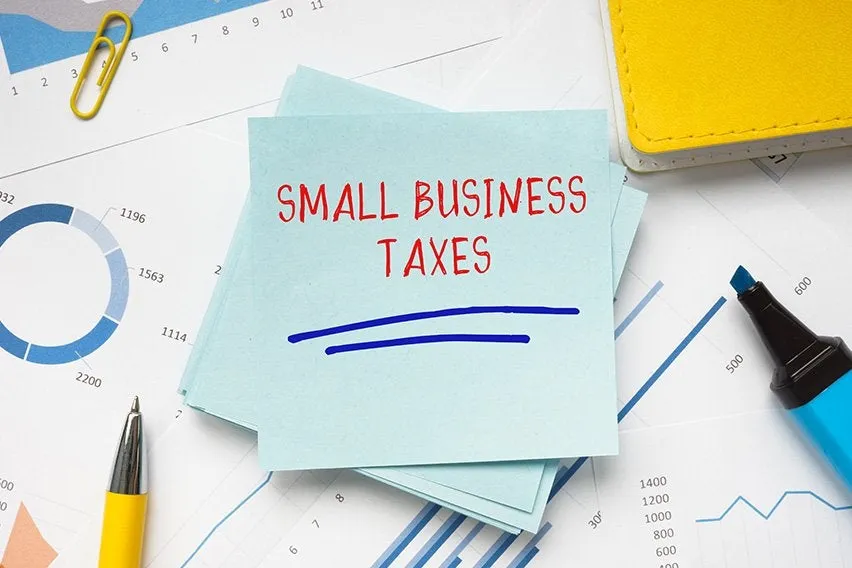 25 Business Tax Write-Offs for Small Business
25 Business Tax Write-Offs for Small Business